Rising Healthcare Expenditure
The increase in healthcare spending is a significant factor influencing the Type 2 Diabetes Mellitus Treatment Market. As countries allocate more resources to healthcare, there is a corresponding rise in investments in diabetes care and management. This trend is evident in both developed and developing regions, where governments and private sectors are prioritizing diabetes treatment as a critical public health issue. Enhanced funding allows for the development of new therapies, improved healthcare infrastructure, and better access to treatment for patients. Consequently, the growing healthcare expenditure is likely to facilitate advancements in diabetes management, thereby driving the demand for Type 2 Diabetes treatments.
Increasing Prevalence of Type 2 Diabetes
The rising incidence of Type 2 Diabetes Mellitus is a primary driver for the Type 2 Diabetes Mellitus Treatment Market. According to recent statistics, the number of individuals diagnosed with this condition continues to escalate, with estimates suggesting that over 400 million people are affected worldwide. This alarming trend is attributed to factors such as sedentary lifestyles, unhealthy dietary habits, and increasing obesity rates. As the prevalence of Type 2 Diabetes rises, the demand for effective treatment options, including medications and lifestyle interventions, is likely to grow. Consequently, pharmaceutical companies and healthcare providers are focusing on developing innovative therapies and comprehensive management programs to address this urgent public health challenge.
Growing Awareness and Education Initiatives
Increasing awareness about Type 2 Diabetes and its management is a crucial driver for the Type 2 Diabetes Mellitus Treatment Market. Public health campaigns and educational programs aimed at promoting healthy lifestyles and early detection of diabetes are gaining traction. These initiatives are instrumental in informing individuals about the risks associated with Type 2 Diabetes and the importance of timely intervention. As awareness grows, more individuals are likely to seek medical advice and treatment, thereby expanding the market for diabetes therapies. Additionally, healthcare providers are increasingly emphasizing the need for patient education, which is expected to enhance treatment adherence and improve overall health outcomes.
Regulatory Support for Innovative Therapies
Regulatory bodies are increasingly supporting the development of innovative therapies for Type 2 Diabetes, which serves as a key driver for the Type 2 Diabetes Mellitus Treatment Market. Initiatives aimed at expediting the approval process for new medications and treatment modalities are becoming more common. This regulatory support encourages pharmaceutical companies to invest in research and development, leading to the introduction of novel therapies that can improve patient outcomes. As these innovative treatments enter the market, they are expected to enhance the overall treatment landscape for Type 2 Diabetes, providing patients with more effective options and potentially increasing market growth.
Technological Advancements in Treatment Options
Technological innovations are significantly shaping the Type 2 Diabetes Mellitus Treatment Market. The emergence of advanced treatment modalities, such as continuous glucose monitoring systems and insulin delivery devices, has transformed diabetes management. These technologies not only enhance patient adherence but also improve glycemic control, thereby reducing the risk of complications associated with Type 2 Diabetes. Furthermore, the integration of artificial intelligence and machine learning in treatment protocols appears to optimize personalized care, tailoring interventions to individual patient needs. As these technologies become more accessible and affordable, they are expected to drive market growth by providing patients with more effective and convenient treatment options.
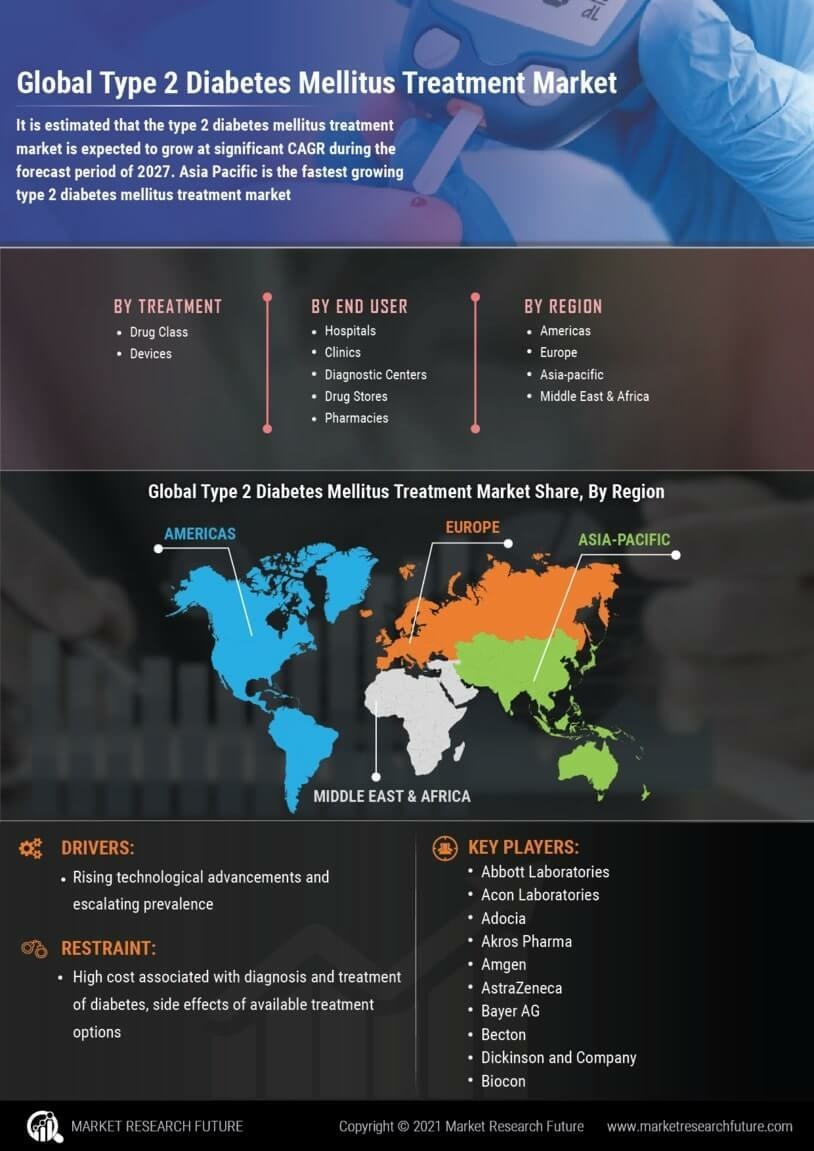

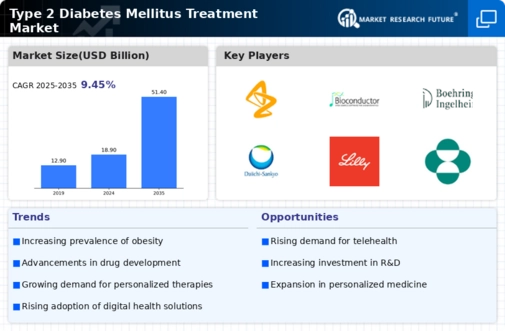
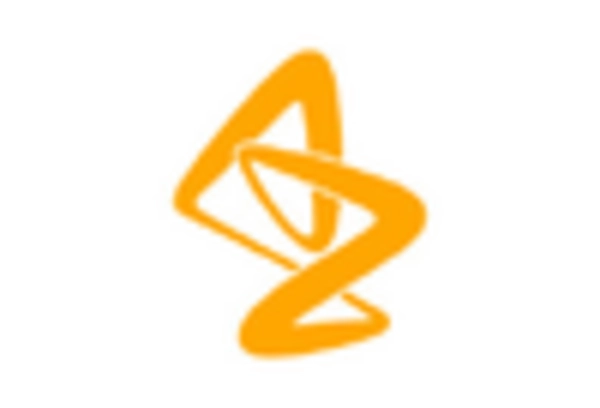
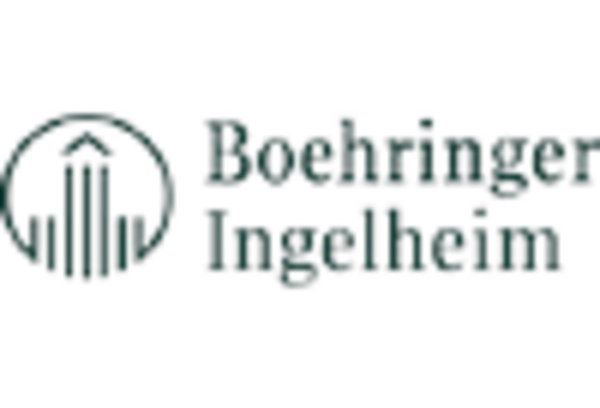
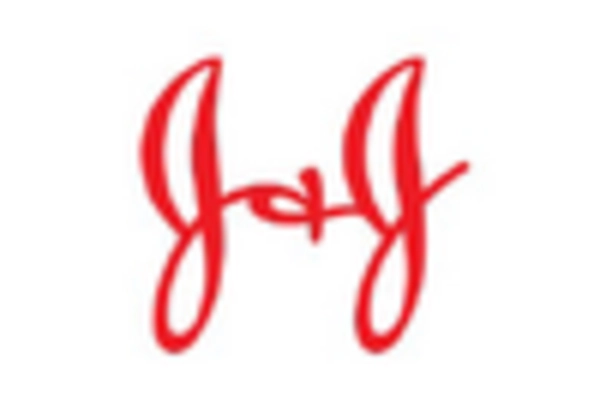
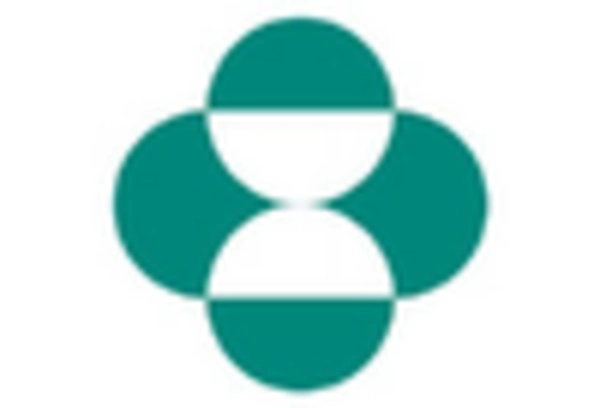
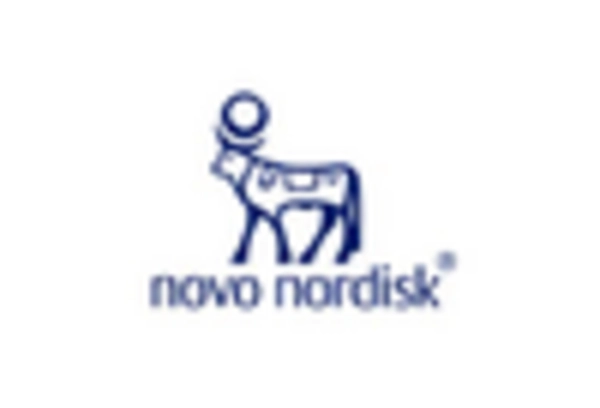
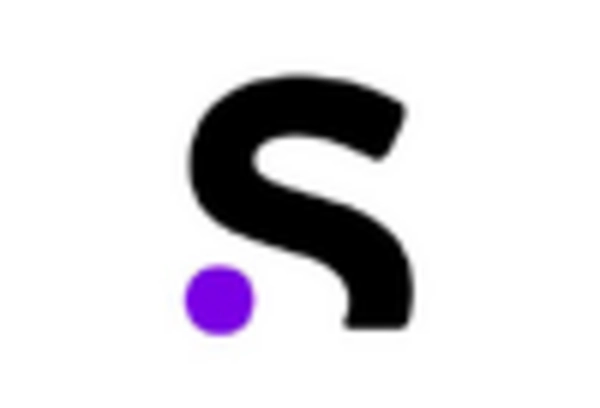








Leave a Comment